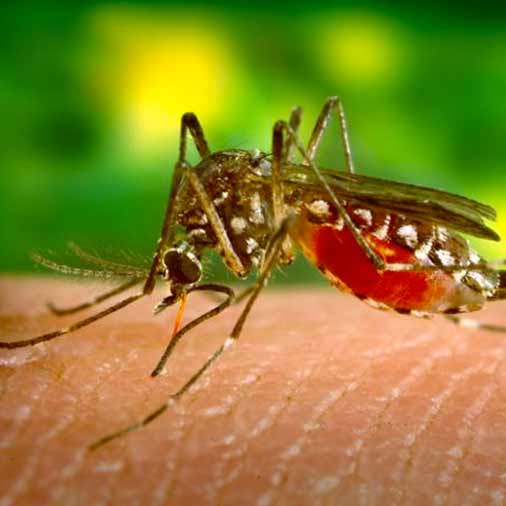Q&A With a Superbug Expert: How Dangerous Is CRKP?
… it was only a matter of time before the pathogen made news on the West Coast, according to Dr. Robert Moellering, and infectious disease specialist at Harvard. We asked Moellering for some fast facts about CRKP and antibiotic resistance.
Q: What is CRKP?
A: CRKP stands for carbapenem-resistant Klebsiella pneumoniae, which simply means that the bacterium — which is a “gram negative” type bacteria that is related to common organisms found in the gastrointestinal tract like E. coli— is resistant to carbapenems, a type of antibiotic that until recently was the “antibiotic of last resort.” Sometimes it still is, but not always. Previously, carbapenems would work against bacteria like Klebsiella pneumoniae that were resistant to every other type of antibiotic.
Bacteria have been developing resistance almost as quickly as we’ve been able to develop new antibiotics.
Q: How does CRKP’s drug resistance work?
CRKP strains contain enzymes that destroy the carbapenem. The huge problem, though, is the company that [CRKP] keeps. They are alongside other bacteria that are already multidrug resistant and they contain genetic elements, pieces of DNA, that can be transferred to those other bacteria. [That is], Klebsiella pneumoniae can transfer the genetic material of their resistance and have already done so in the case of E. coli hospital-associated infections.
Gram-negative [bacteria] are more difficult to treat with antibiotics even without being drug resistant because they have more structural challenges. For example, they have two outer membranes, so antibiotics have to get through two separate barriers to target them effectively. They also contain multiple efflux pumps that pump out toxic substances, such as antibiotics.
Q: When did CRKP first emerge?
A: I’ve known about these organisms for 10 years or so. They first surfaced in North Carolina, caused a big problem in New York, in Manhattan. They’d already spread to California; they are nothing new to California. There just seem to be increased instances of infection, so we’re hearing about it [now].
Q: How can we avoid CRKP infection?
A: Stay out of the hospital and nursing homes! No, you can’t do that. It isn’t what you have to do so much as what the hospitals have to do. First, they need to identify these organisms, send cultures to reputable laboratories. And then the next step is to follow the CDC’s standard isolation techniques: quarantine those infected, take contact precautions by wearing gowns and gloves and practicing hand washing. And, by the way, we’re talking about major, very good, university-affiliated hospitals [with these problems].
Are you likely to go out and get infected on the street? Chances are low. But the reason [these bugs] are so frightening is because they spread and mutate, so that now many of them [including CRKP] are susceptible only to [the antibiotic] colistin, which is very toxic and causes kidney damage. Some have even become resistant to that, and then there are very few lines of defense. So with the mutation of the bacteria coupled with the decline in new drugs, you can see we are headed toward collision.
Q: Why aren’t pharmaceutical companies putting more resources into antibiotics?
A: Pharmaceutical companies have largely gone out of the business of developing antibiotics. First of all, it’s not easy because all the easy drugs have already been discovered. Additionally, antibiotics actually cure patients — pharmaceutical companies don’t always like that. They’d rather develop statins and antidepressants that you take for life, because they end up selling more so there’s a great financial return over something that you take for eight days and then never again.
Also, there are big regulatory issues with developing antibiotics in terms of getting FDA approval. They are taking steps to correct that, but they make it more difficult to do clinical trials, they change criteria for success in midstream, they haven’t totally defined what their criteria are. Those are just some of the reasons why development has slowed, but it’s very sad, because we desperately need new antibiotics.
Q: Why do hospitals end up being ground zero for superbug infection?
A: Hospitals contain sick patients and sick patients are often treated for infections with antibiotics. There is clearly some overuse of antibiotics as well. You also have a group of patients that are more susceptible to infections, many of whom are immunocompromised because they are undergoing chemotherapy or an organ transplant — things that alter their ability to fight infection. Another major factor is crowding. Even under the best set of circumstances, certain types of infections are bound to get through.
So all hospitals can do right now — aside from simply closing their doors — is to try the very best to follow infection control guidelines as outlined by the CDC. If you do that and do it very well, the number of infections will go down. I can’t imagine there isn’t a major hospital that doesn’t try to do that already, though – it’s not easy.





